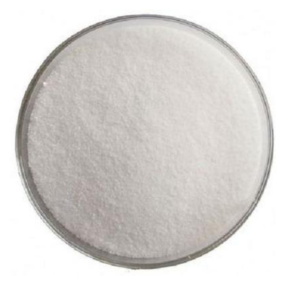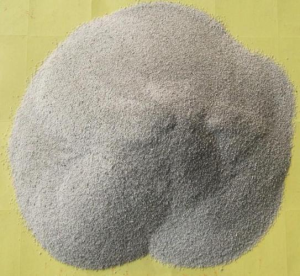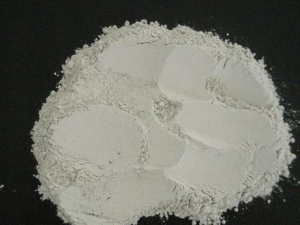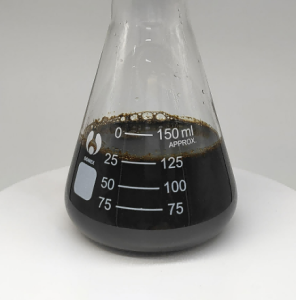Professional solutions on concrete addtives, Concrete Foaming Agent, Superplasticizer, CLC Blocks Additives, and foaming machine
Sodium metabisulfite, also known as disodium metabisulfite, is a white crystalline powder with the molecular formula Na2S2O5. It easily dissolves in water, forming sulfurous acid and releasing sulfur dioxide (SO2). This characteristic endows it with strong reducing ability, making it an effective antioxidant and preservative. Sodium metabisulfite is stable under dry conditions, but it decomposes upon contact with moisture or heat, releasing sulfur dioxide gas. The ability of this compound to inhibit oxidation reactions makes it invaluable in maintaining product quality and shelf life. Its low toxicity and compatibility with various materials further enhance its practicality. However, it is important to handle sodium metabisulfite with caution, as prolonged exposure to high concentrations of sulfur dioxide may be harmful to human health.
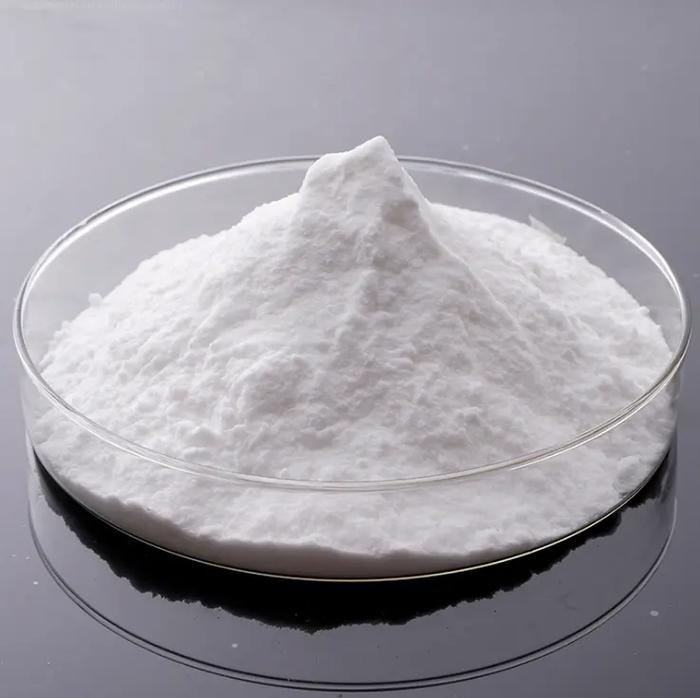
Sodium metabisulfite
Industrial application of sodium metabisulfite
Food industry: In the food industry, sodium metabisulfite is a potent preservative that can prevent microbial induced spoilage and enzymatic browning. It is widely used in winemaking to protect wine from oxidation and microbial contamination. Sodium metabisulfite ensures the stability of the product throughout the entire storage and distribution process by maintaining the color, flavor, and aroma of the wine. In addition, it is also used for the preservation of dried fruits, potato products, and seafood. The ability of this compound to reduce the oxygen content inside the packaging helps extend the shelf life of these products while maintaining their sensory quality. In fruit juice and beverages, sodium metabisulfite acts as a stabilizer to prevent color changes and odors caused by oxidation.
Pharmaceutical industry: In the pharmaceutical industry, sodium metabisulfite plays a crucial role as an antioxidant in pharmaceutical formulations. It prevents the degradation of active pharmaceutical ingredients (APIs) by clearing free radicals and inhibiting oxidative reactions. This ensures the effectiveness and stability of the drug over a long period. Sodium metabisulfite is particularly beneficial in injection solutions and oral suspensions, and maintaining the integrity of the API in these solutions and suspensions is crucial. In addition, it acts as a bleaching agent in certain pharmaceutical processes, ensuring the purity and aesthetic appeal of the final product. The low toxicity and compatibility with other excipients of this compound make it the preferred choice for formulating safe and effective drugs.
Water treatment and environmental applications: Sodium metabisulfite is widely used for dechlorination purposes in water treatment plants. Chlorine is commonly used for disinfecting water, and if excessive, it may be harmful. Sodium metabisulfite reacts with chlorine to form harmless chlorides, thereby removing residual chlorine from treated water. This process is crucial for ensuring safe drinking water and protecting aquatic ecosystems. In industrial wastewater treatment, sodium metabisulfite helps neutralize heavy metals and reduce the toxicity of wastewater. By forming insoluble metal sulfites, it helps to remove pollutants and promote environmental sustainability. In addition, it is used for pulp and paper production to bleach wood pulp without compromising its structural integrity.
| Parameter | Value |
| Chemical Name | Sodium Metabisulfite (SMS) |
| CAS Number | 7681-57-4 |
| Molecular Formula | Na2S2O5 |
| Molecular Weight | 190.11 g/mol |
| Appearance | White to slightly yellowish crystalline powder or granules |
| Odor | Characteristic sulfurous odor |
| Melting Point | Decomposes at approximately 150°C |
| Density @ 25°C | 1.4 g/cm³ |
| pH of 1% Solution | ~5.0 – 6.0 (at 25°C) |
| Solubility in Water | Highly soluble in water (~500 g/L at 20°C); insoluble in ethanol |
| Assay (Purity) | ≥ 99.0% (by weight) |
| Loss on Drying | ≤ 0.5% |
| Residue on Ignition | ≤ 0.1% |
| Sulfur Dioxide Content | ≥ 63.5% (calculated as SO2) |
| Storage Conditions | Store in a cool, dry place. Keep container tightly closed. Protect from moisture and direct sunlight. Avoid exposure to air to prevent decomposition. |
| Shelf Life | Stable for several years when stored under recommended conditions. |
Product parameter table of Sodium Metabisulfite
When to use sodium metabisulfite
The effectiveness of sodium metabisulfite depends on the specific requirements and limitations of each application. Generally speaking, it is most suitable for the following scenarios:
Oxidation control: prevent oxidation and maintain the quality of perishable goods.
Microbial inhibition: prevents the growth of microorganisms in food and beverages.
Dechlorination: Removing residual chlorine from water treatment processes.
Metal reduction: Neutralizing heavy metals in wastewater treatment and industrial processes.
When determining the optimal dosage of sodium metabisulfite, it is important to consider factors such as pH value, temperature, and exposure time. Overuse can lead to adverse effects such as altering taste or causing respiratory problems, while inadequate application may not achieve the expected results.
Alternative to sodium metabisulfite
Although sodium metabisulfite is highly effective, in some cases, alternative materials may be more suitable due to regulatory restrictions, consumer preferences, or specific application needs. Some feasible alternative solutions include:
Ascorbic acid (vitamin C): Ascorbic acid is a natural antioxidant with similar preservative effects, but without the potential drawbacks associated with sulfur dioxide release. It is widely used in food and beverage applications, especially for products targeting health conscious consumers. Ascorbic acid not only extends the shelf life, but also enhances the nutritional value of the product by strengthening it with vitamin C.
Citric acid: Citric acid is an excellent acidity regulator and preservative, especially in acidic foods and beverages. It helps enhance flavor while inhibiting microbial growth and enzymatic browning. Citric acid is generally considered safe (GRAS) by regulatory agencies, making it a popular choice for various products.
Potassium metabisulfite: Potassium metabisulfite functions similarly to sodium metabisulfite, but has a lower sodium content, which may be more desirable for certain dietary considerations. It is commonly used for brewing and food preservation, providing effective antioxidant and microbial contamination protection.
Plant preservatives: The emerging trend of natural and organic products has led to the development of plant preservatives extracted from herbs, spices, and plant extracts. These alternatives do not contain synthetic additives and have antioxidant and antibacterial properties, attracting consumers seeking cleaner label options. Examples include rosemary extract, thyme oil, and grape seed extract.
In short, sodium metabisulfite remains a key compound in modern chemistry, driving innovation in various industries. Its unique chemical properties and wide range of applications make it indispensable in maintaining product quality, improving safety, and promoting sustainability. By understanding when and how to effectively use sodium metabisulfite, as well as exploring alternative materials, professionals can optimize processes and meet the constantly changing demands of today’s market.
Supplier
Cabr-Concrete is a supplier under TRUNNANO of Concrete Admixture with over 12 years of experience in nano-building energy conservation and nanotechnology development. It accepts payment via Credit Card, T/T, West Union and Paypal. TRUNNANO will ship the goods to customers overseas through FedEx, DHL, by air, or by sea. If you are looking for Sodium metabisulfite, please feel free to contact us and send an inquiry.sales@cabr-concrete.com




